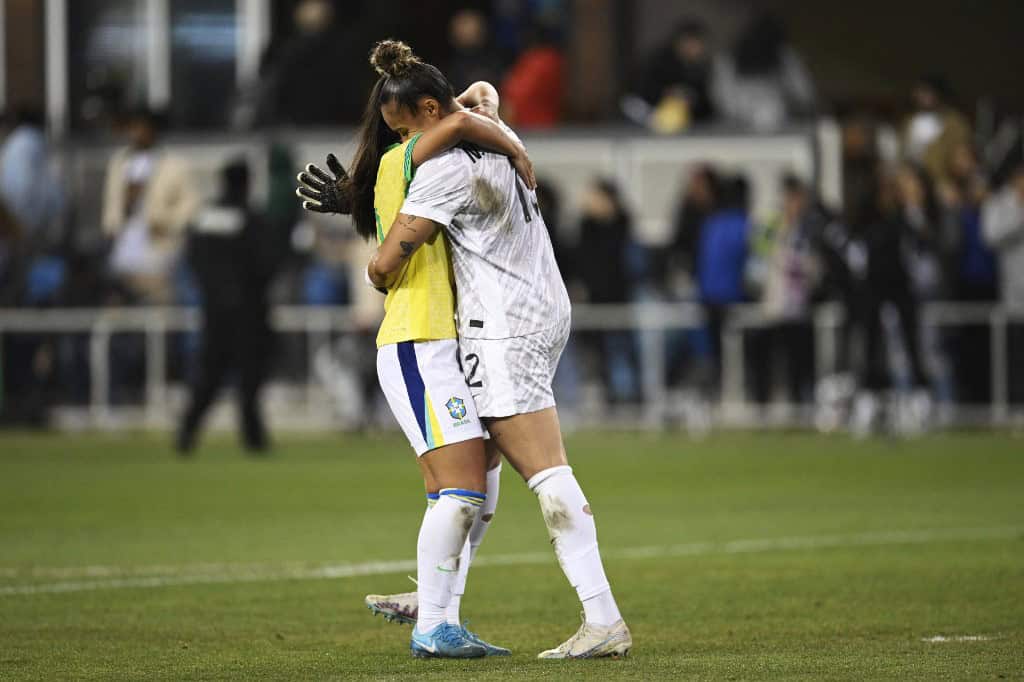The Women’s Copa América, Latin America’s most important women’s football tournament, is a showcase of talent and a tool to help close the gender gap in football, said Ecuador coach Eduardo Moscoso in an interview. The 10th edition of the tournament, first held in 1991, will take place in Quito (elevation 2,850 meters) starting this Friday. It will award three spots for the 2027 Pan American Games in Lima and two for the 2028 Olympic Games in Los Angeles.
Star players like Brazilian legend Marta, Colombia’s Linda Caicedo, and Argentina’s Yamila Rodríguez will compete on Ecuadorian soil. In recent years, women’s football “has grown a lot” in the region and “will continue to grow,” said Moscoso. “Young talent in South America is very strong, and that helps national teams and tournaments become more competitive.”
However, the 46-year-old coach acknowledged that “development is a long-term process.” “We need to keep working. Maybe in four or five years, the gap will finally start to close,” said the Ecuadorian coach, whose team will play Uruguay in the opening match.
Time and Investment Needed
Leading a squad that blends “youth and experience,” Moscoso hopes to leave a legacy that boosts interest in women’s football in Ecuador and improves the professional conditions for female players, who currently earn significantly less than their male counterparts. He praised the fact that training for female players now begins at earlier ages. “Before, girls started at 12 or 13. Now they start at five or six. So it’s obvious their technical skills are much more refined.”
Moscoso emphasized that time and investment are essential for unlocking the full potential of women’s football in South America, which remains dominated by Brazil. The Brazilian national team has won eight of the nine Copa América tournaments held so far. Argentina won the title once in 2006. Colombia has emerged as Brazil’s main challenger in recent years, while other national teams remain a step behind.
The hosts, Ecuador, have never reached a final. Their best result came in 2014—also held in Ecuador—when they finished third. “The private sector, sponsors… they are also part of this process,” Moscoso said. “When more people invest and believe in women’s football, conditions will improve for the players. This is a fight shared by all teams.”
Women’s Football Now Delivers a Show
Moscoso also noted the growing fan base. “In the past, women’s games were only watched by parents and relatives. Now we have organized fan sections, because the product is good—women’s football now delivers a show,” he said. He believes that during the tournament, which runs through August 2, “we’ll see packed stadiums, because women’s football brings a lot of emotion and the matches will be closely contested.”
Matches will be played at the stadiums of Independiente del Valle (on the outskirts of Quito), Gonzalo Pozo, and Rodrigo Paz. Argentina and Colombia have faced Brazil the most times in finals. Brazil remains the favorite, but Moscoso warned that “in these short tournaments, anything can happen—we’re here to compete.”








